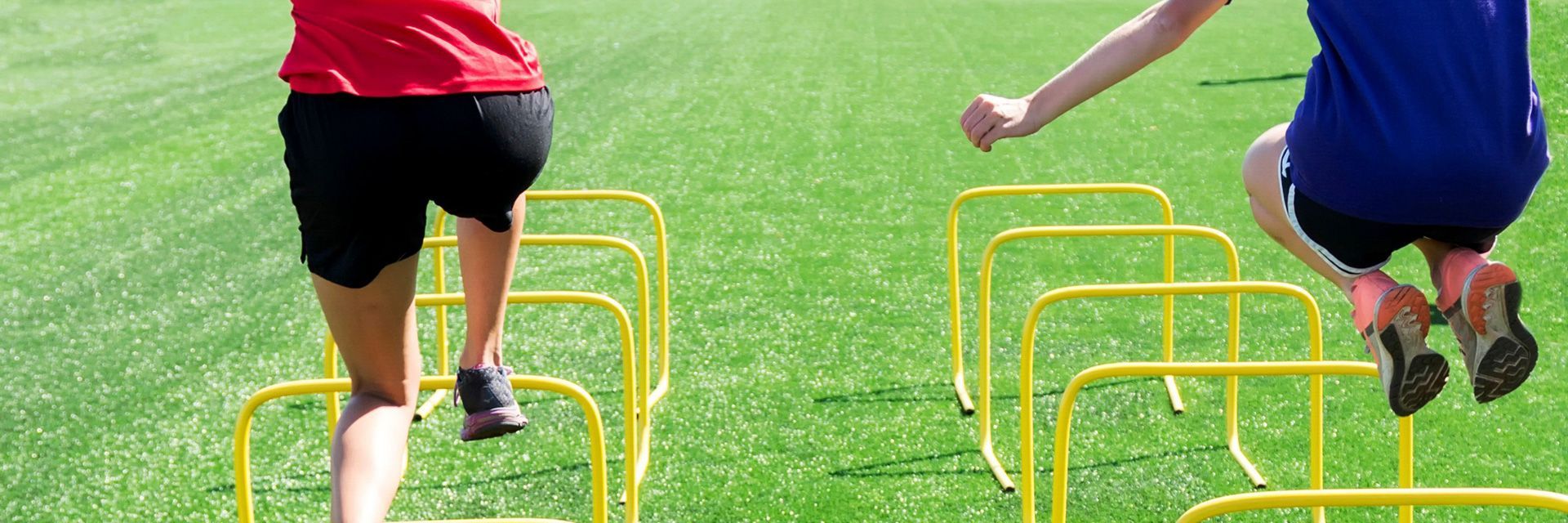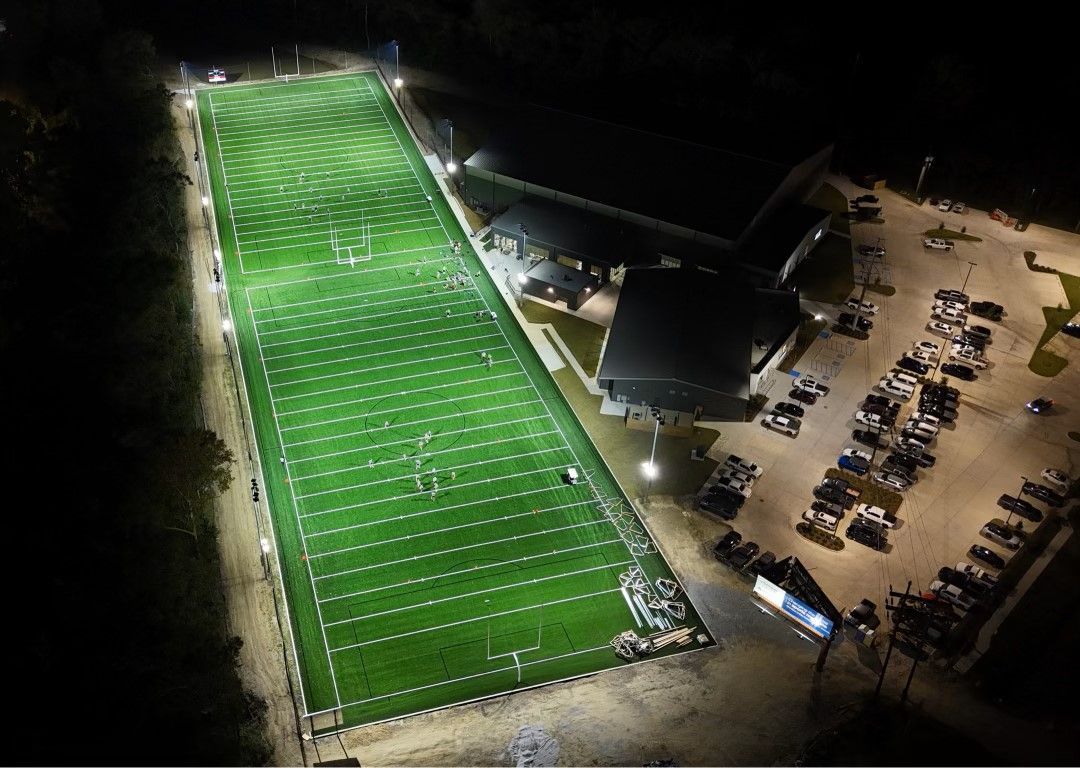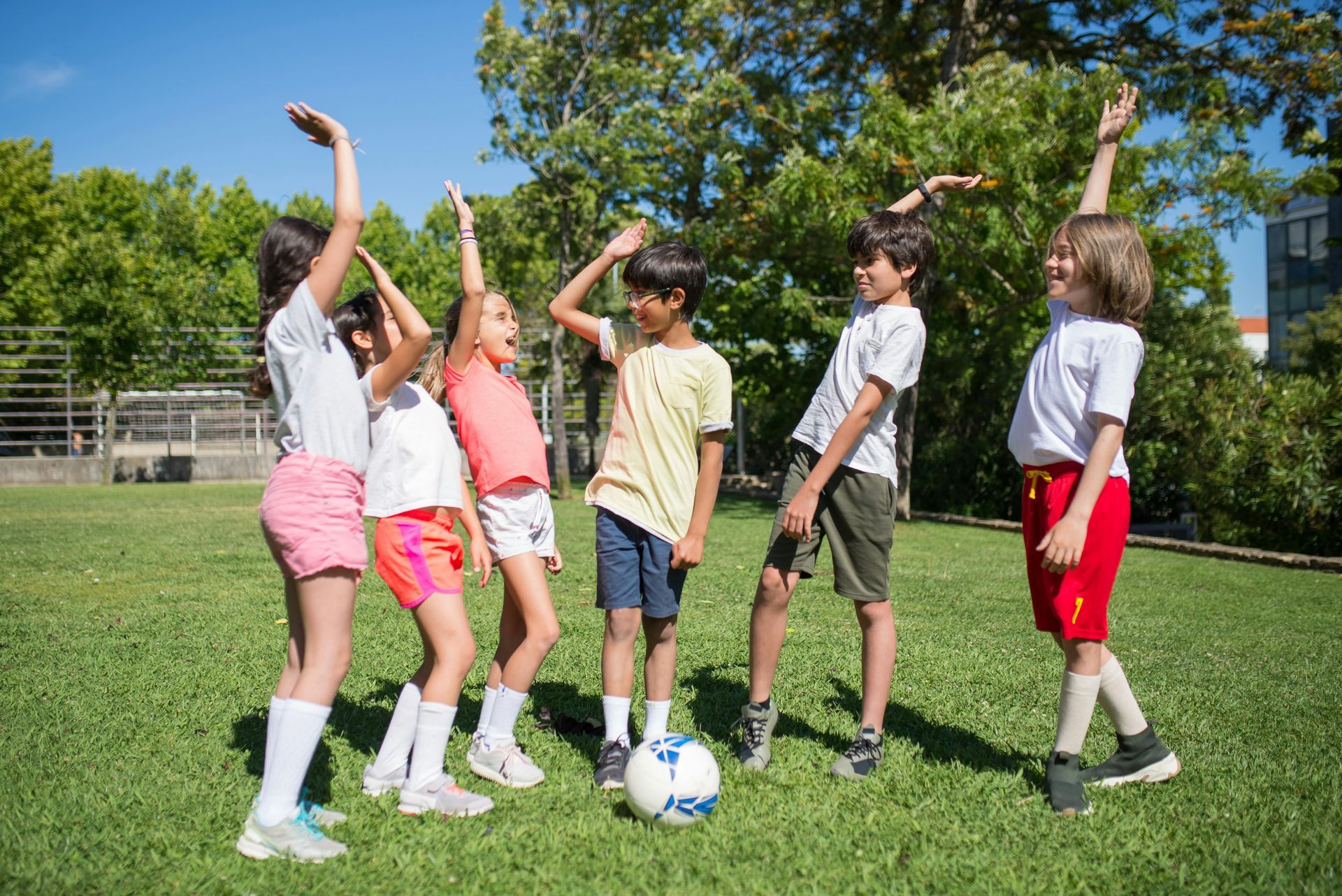
The Benefits of Speed and Agility Training for Youth Athletes: Injury Prevention and Equal Opportunity
Speed and agility training has long been associated with elite athletes striving for peak performance, but its benefits extend far beyond professional sports. For young athletes, structured speed and agility exercises are not just about improving quickness—they play a crucial role in injury prevention, movement efficiency, and overall athletic development. While these training methods have historically been emphasized in boys’ sports, they are just as critical for young female athletes.
When Should Speed and Agility Training Begin?
Introducing speed and agility training at the right age ensures that young athletes develop essential movement skills early. For both boys and girls, foundational training can begin as early as 6 to 8 years old, focusing on fun, movement-based activities that improve coordination and balance. Around 9 to 12 years old, structured drills that emphasize proper mechanics and neuromuscular control can be introduced. As athletes reach their teenage years (13 and older), more advanced drills that include plyometrics, resistance training, and sport-specific agility work become beneficial.
By gradually increasing the complexity of training based on age and development, young athletes can build a solid foundation that supports long-term athletic success while minimizing injury risks.
Reducing Injury Risks in Young Athletes
One of the primary benefits of speed and agility training is injury prevention. Young athletes are constantly growing, and their bones, muscles, and connective tissues are in a state of development. Proper training helps them move efficiently and strengthens the stabilizing muscles that support joints and ligaments.
- Enhanced Coordination & Balance: Agility drills train young athletes to control their bodies in motion, reducing awkward movements that can lead to injuries.
- Stronger Joints & Ligaments: By strengthening the muscles around the knees, ankles, and hips, athletes are less susceptible to common injuries like ACL tears and sprains.
- Improved Landing Mechanics: Teaching proper landing techniques in jump training significantly decreases the risk of knee and ankle injuries.
- Better Reaction Time: Quick direction changes in sports like soccer, basketball, and tennis are safer when an athlete is trained to move with proper mechanics.
Why Speed and Agility Training is Essential for Girls
While speed and agility training are beneficial for all young athletes, it is especially important for girls. Studies have shown that female athletes are at a higher risk of knee injuries, particularly ACL tears, due to differences in anatomy and biomechanics. However, incorporating speed and agility training into their regimen can significantly mitigate these risks.
- Strengthens Muscles to Protect the Joints: Girls tend to rely more on their quadriceps than their hamstrings, which can lead to knee instability. Speed and agility exercises help balance this muscle engagement.
- Improves Neuromuscular Control: Drills that focus on body awareness and controlled movements reduce the risk of non-contact injuries, which are common in young female athletes.
- Boosts Confidence & Performance: By enhancing athletic ability, speed and agility training empowers young girls to feel more confident in their skills and compete at higher levels.
Conclusion
Speed and agility training is an essential component of youth sports development. Not only does it improve athletic performance, but it also plays a vital role in injury prevention, particularly for young female athletes who may be at higher risk for certain injuries. By integrating structured training into youth sports programs, coaches and parents can help young athletes move more efficiently, stay injury-free, and build the confidence they need to excel in their sport—regardless of gender.


5414 Burbank Dr. Baton Rouge, LA 70820
info@elitetrainingacademybr.com
Main Phone - 225-308-6017
Mon - Sun: By Appointment Only
Elite Training Academy


